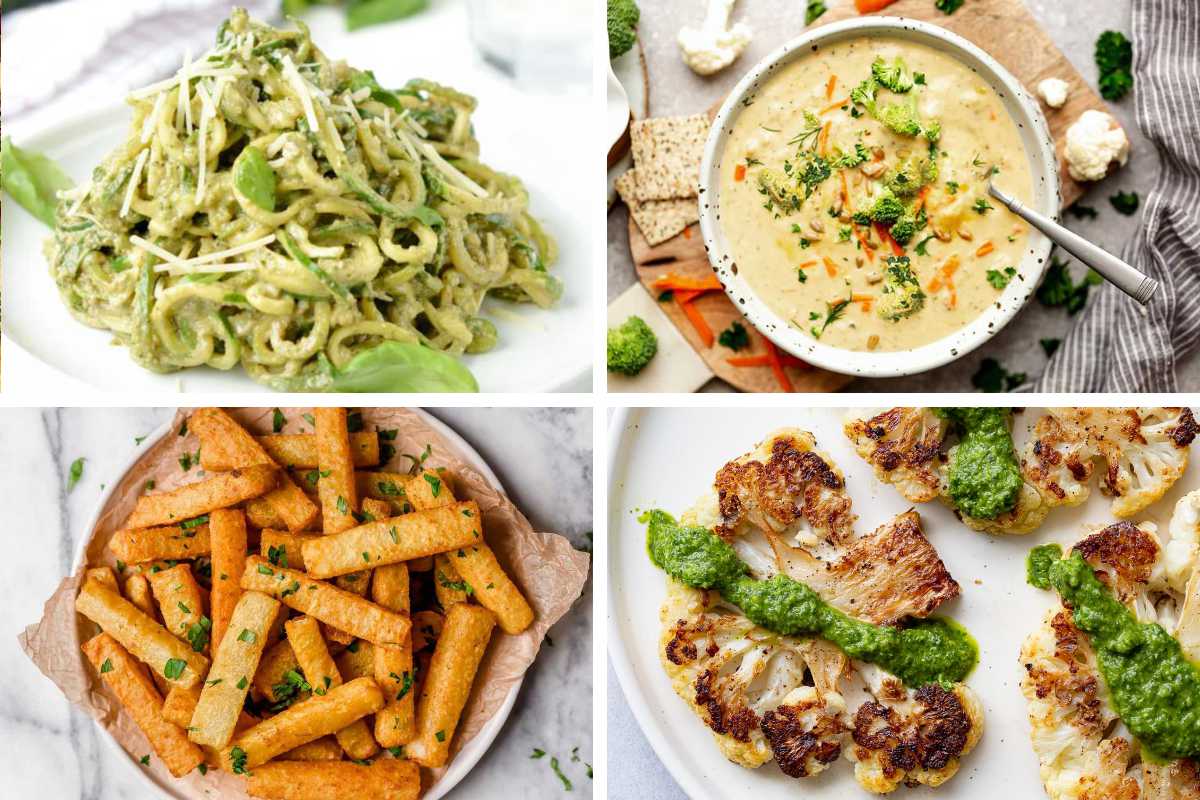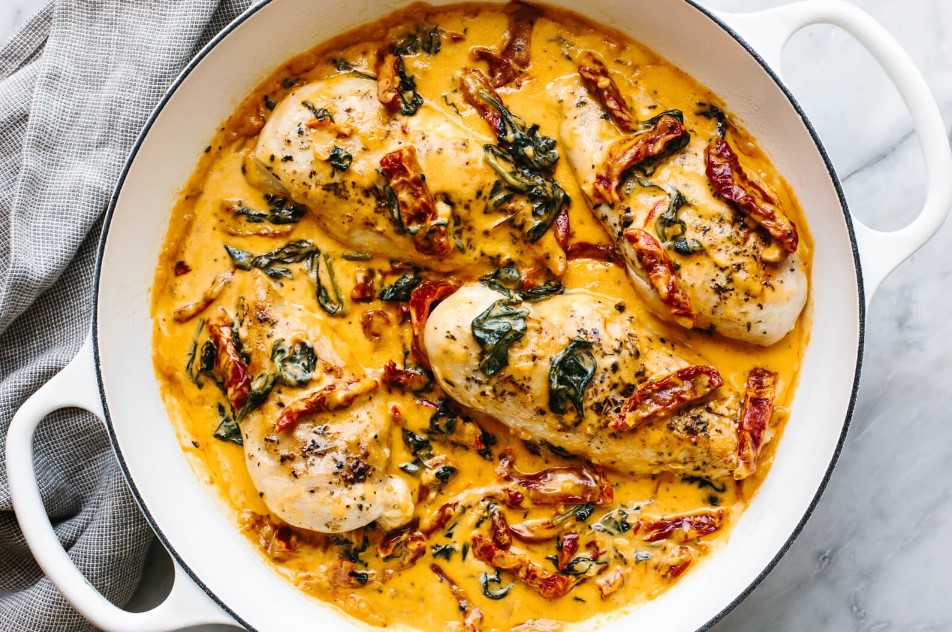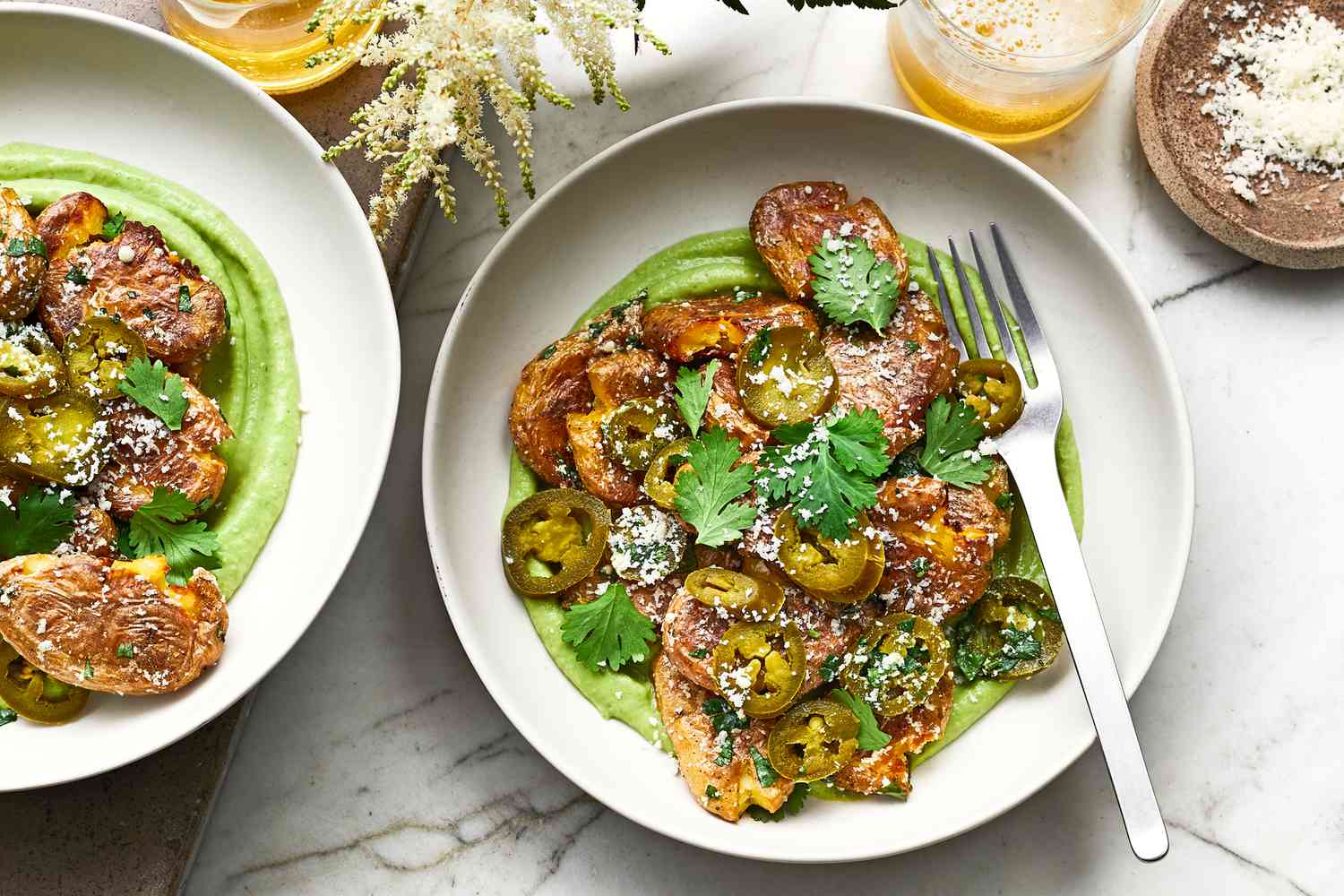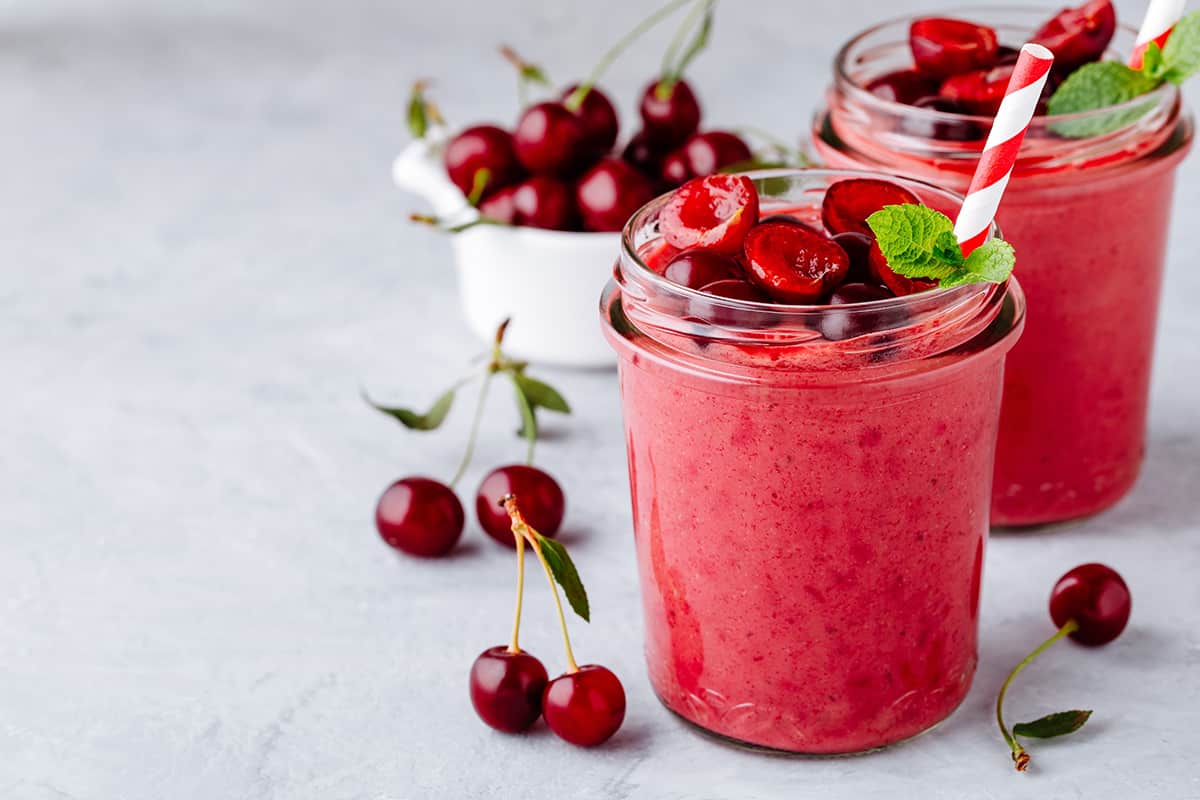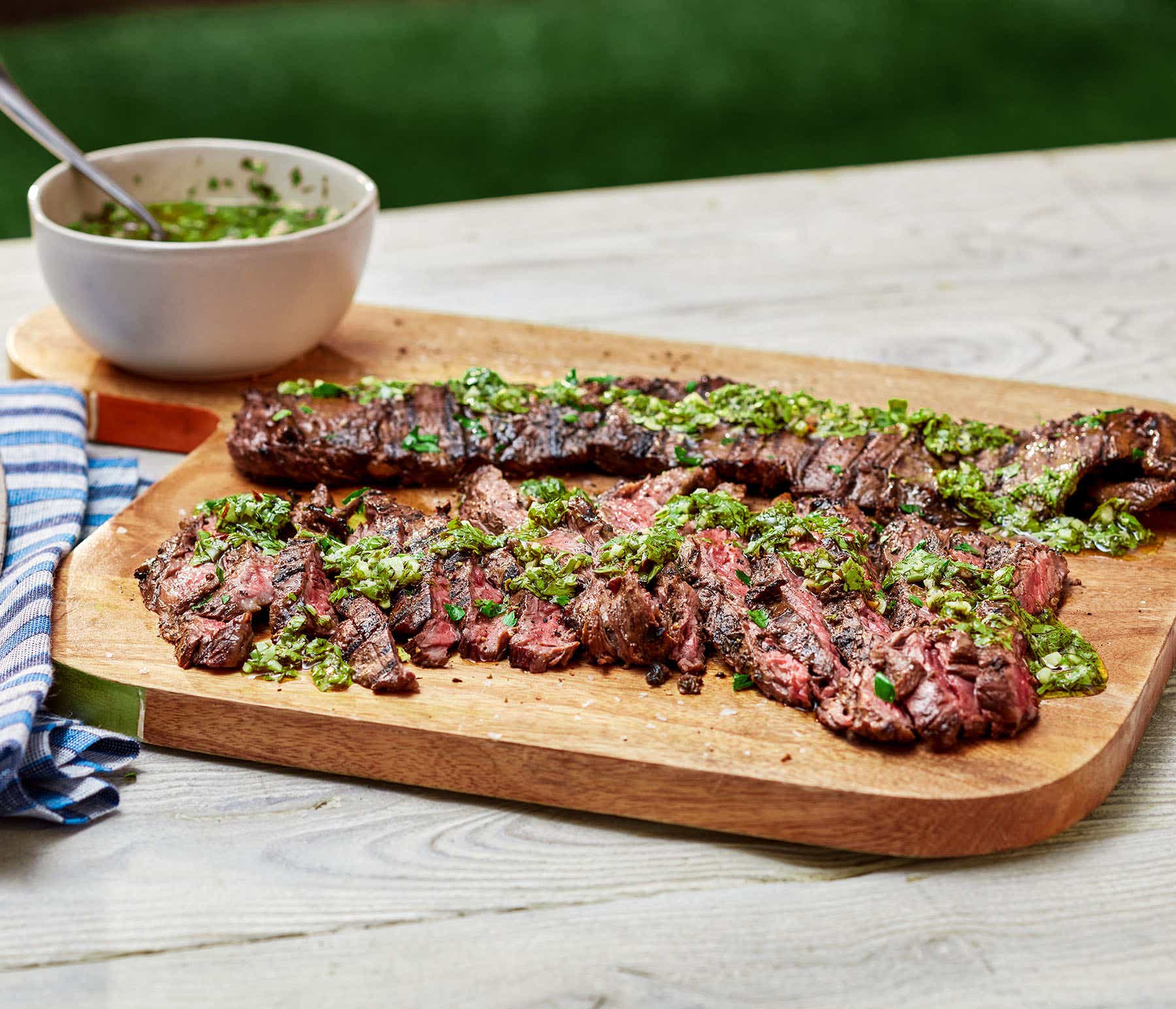Build Your Holiday Masterpiece: Easy Gingerbread House Recipe

The holiday season brings a special kind of joy, and nothing captures its magic quite like crafting a gingerbread house. The aroma of ginger and molasses, the thrill of assembling a tiny edible home, and the creativity of decorating with candies make this tradition a heartwarming experience. Whether you’re a novice baker or a seasoned pro, this gingerbread house recipe is designed to be approachable, fun, and delicious. With a sturdy dough, reliable royal icing, and endless decorating possibilities, this guide will help you create a festive masterpiece. From a sugar-free variation to beginner-friendly tips and creative gingerbread house ideas, let’s dive into building a holiday tradition that’s as delightful to make as it is to admire. Get ready to roll up your sleeves and start baking!
Why This Recipe Tastes So Good
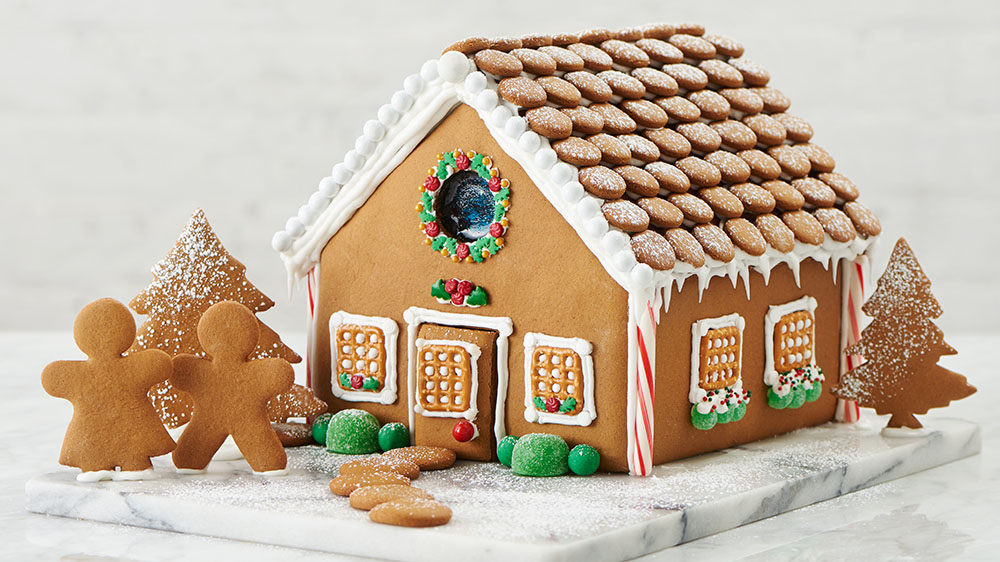
This gingerbread house recipe strikes the perfect balance between flavor and functionality. The dough is infused with warm spices like ginger, cinnamon, and allspice, creating that classic holiday taste that fills your kitchen with nostalgia. Unlike softer gingerbread cookies, this recipe uses less butter and molasses to ensure the pieces are sturdy enough for construction without sacrificing flavor. The addition of a small amount of water smooths the dough, making it easier to roll out while keeping it firm after baking. Paired with a sweet, hardening royal icing that doubles as “snow” and a thick crusting buttercream for decorating, this recipe delivers a delicious and visually stunning result. It’s versatile enough for a traditional house, a sugar-free version, or a simple design for beginners, ensuring everyone can enjoy the process and the taste.
Ginger House Bread Ingredients

All-purpose flour: 3 cups (375g), spooned and leveled for accurate measurement.
Baking soda: ¼ teaspoon, for slight leavening without puffiness.
Ground ginger: 2 teaspoons, for that signature spicy warmth.
Ground cinnamon: 2 teaspoons, adding depth to the flavor.
Ground allspice: ½ teaspoon, for a subtle, aromatic kick.
Salt: ¼ teaspoon, to balance the sweetness.
Unsalted butter: 6 tablespoons (85g), softened, for a firm yet flavorful dough.
Brown sugar: ¾ cup (150g), packed, light or dark for rich sweetness.
Large egg: 1, at room temperature, for binding the dough.
Molasses: ½ cup (120ml), unsulphured or dark (not blackstrap), for classic gingerbread taste.
Water: 1 tablespoon (15ml), to smooth the dough.
Royal icing: For assembly and decoration (see recipe below).
Crusting buttercream: For decorating (see recipe below).
Assorted candies: Gumdrops, M&Ms, candy canes, peppermint swirls, sprinkles, or sugar-free alternatives.
Sugar-free substitutes (optional): ¾ cup erythritol-based brown sugar substitute and sugar-free molasses or maple syrup for a sugar-free version.
How to Make

Step 1: Print a gingerbread house template (search online for a small-medium house, about 7 inches tall and 6 inches wide) and cut out the shapes for two roofs, two sides, front, back, and an optional chimney.
Step 2: Whisk flour, baking soda, ginger, cinnamon, allspice, and salt in a large bowl. Set aside.
Step 3: In another bowl, beat butter and brown sugar with a handheld or stand mixer on medium speed until creamy, about 2 minutes. Add egg, molasses, and water, beating on high speed until combined.
Step 4: Slowly mix dry ingredients into wet ingredients on low speed until a thick dough forms.
Step 5: Divide dough into two discs, wrap in plastic wrap, and chill in the refrigerator for at least 2 hours (up to 3 days).
Step 6: Preheat oven to 350°F (177°C). Line 2-3 baking sheets with parchment paper or silicone mats.
Step 7: Roll each dough disc between two sheets of parchment paper to ¼-inch thickness. Lightly flour the underside of template shapes to prevent sticking.
Step 8: Cut dough into template shapes using a pizza cutter or knife, ensuring two of each shape. Re-roll scraps as needed.
Step 9: Arrange shapes on baking sheets, 3 inches apart, and bake for 18-20 minutes (12-13 minutes for chimney pieces) until edges are lightly browned. Cool completely on a flat surface.
Step 10: Prepare royal icing: Whisk 3 egg whites, 4 cups powdered sugar, and ½ teaspoon cream of tartar until stiff peaks form. For sugar-free, use a powdered sweetener.
Step 11: Select a sturdy base (e.g., cake board). Pipe royal icing along one long and one short edge of a side piece, adhering it to the base and the front piece. Prop with cans or clips and let set for 15 minutes. Repeat for the second side and back.
Step 12: Pipe royal icing on the top edges of the walls and attach roof pieces, holding for a few minutes until set. Fill seams with extra icing for stability.
Step 13: If using a chimney, assemble separately with royal icing, let set, then attach to the roof with more icing.
Step 13: Let the house set at room temperature for 4-6 hours (or overnight) before decorating.
Step 14: Prepare crusting buttercream: Beat ½ cup shortening and ½ cup butter until creamy. Add 4 cups confectioners’ sugar, 2 tablespoons milk, ¼ teaspoon vanilla extract, and 1/8 teaspoon salt. Beat on low for 30 seconds, then high for 3 minutes. Add milk if too thick.
Step 15: Decorate with royal icing, buttercream (using a piping bag with a small open star tip like Ateco #32), and candies. Let your creativity shine!
Pro Tips for Making This Recipe
Roll dough between parchment paper to prevent sticking, as flouring the counter won’t suffice.
Chill dough thoroughly to maintain shape during cutting and baking.
Bake pieces a day ahead to ensure they’re fully cooled and hardened for assembly.
Use a squeeze bottle for precise royal icing application during construction.
Apply royal icing generously for stability; it dries to look like snow, hiding imperfections.
For sugar-free dough, increase butter to ¾ cup to maintain moisture with sugar substitutes.
Test sugar-free sweeteners for baking compatibility to avoid dry or crumbly dough.
Prop walls with heavy objects (e.g., cans) during assembly to prevent collapsing.
Keep extra candies for snacking, especially if kids are involved, to maintain decorating supplies.
Embrace imperfections—crooked lines or uneven pieces add charm to your creation.
Recipe - Frequently Asked Questions
Can I make this gingerbread house sugar-free?
Yes, substitute brown sugar with an erythritol-based sweetener and use sugar-free molasses or maple syrup. Increase butter slightly for moisture and use sugar-free candies for decorating.
How long does the gingerbread house last?
It’s edible for up to 2-3 weeks if stored in a dry environment, but it’s best eaten within a week for optimal flavor.
Can I double the recipe?
Yes, double the ingredients and make in one batch, but divide into four discs for easier rolling.
What if I don’t have molasses?
Try treacle or golden syrup, though the flavor will differ slightly. Avoid blackstrap molasses, as it’s too bitter.
Can I use this dough for cookies?
Yes, but it’s firmer than typical cookie dough. For softer cookies, add more butter and molasses.
How do I prevent the house from collapsing?
Ensure the royal icing sets fully between assembly steps, and use plenty of icing for strong bonds.
If You Love Gingerbread Houses, Try These Recipes Next
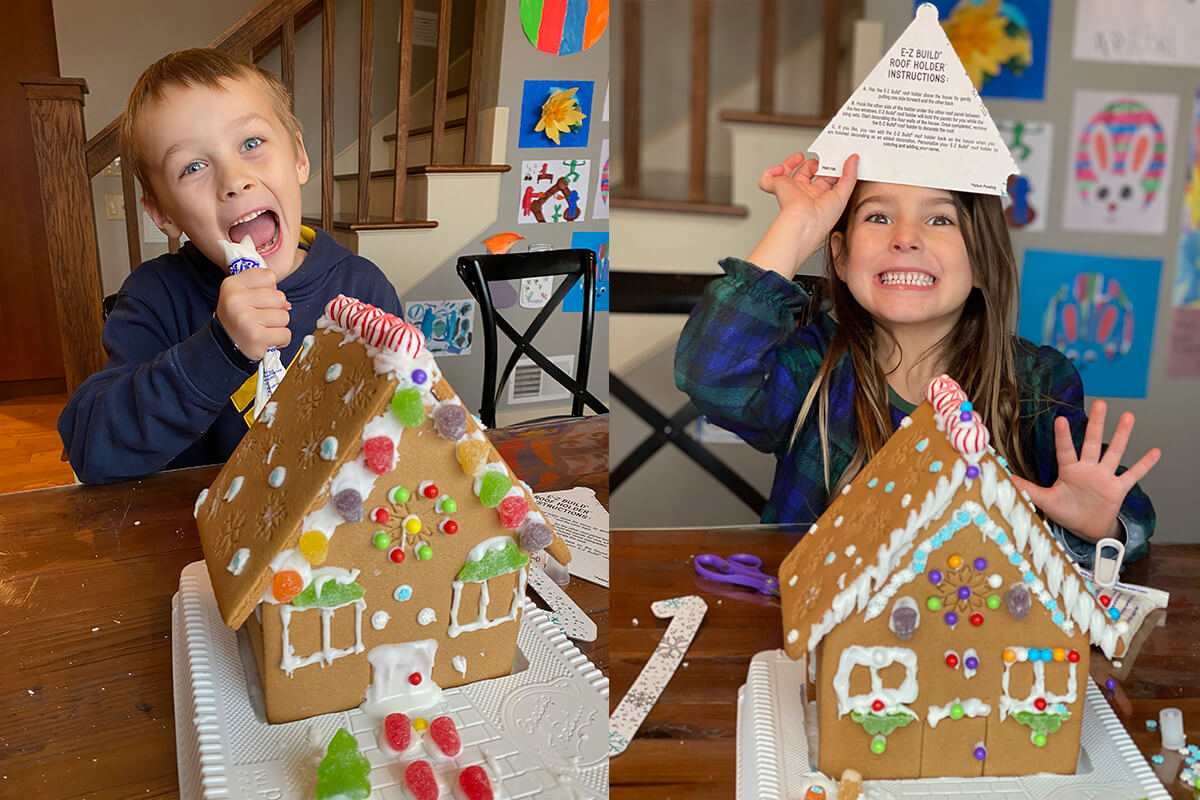
Explore more holiday baking with a classic yule log, perfect for chocolate lovers. Whip up a batch of soft Christmas sugar cookies for decorating alongside your house. For a simpler project, try gingerbread cupcakes with cream cheese frosting. If you’re into festive treats, a peppermint bark recipe adds a refreshing twist. For a cozy dessert, bake a spiced gingerbread loaf to enjoy with coffee. Each of these recipes brings holiday cheer to your kitchen, so grab your apron and start creating!


